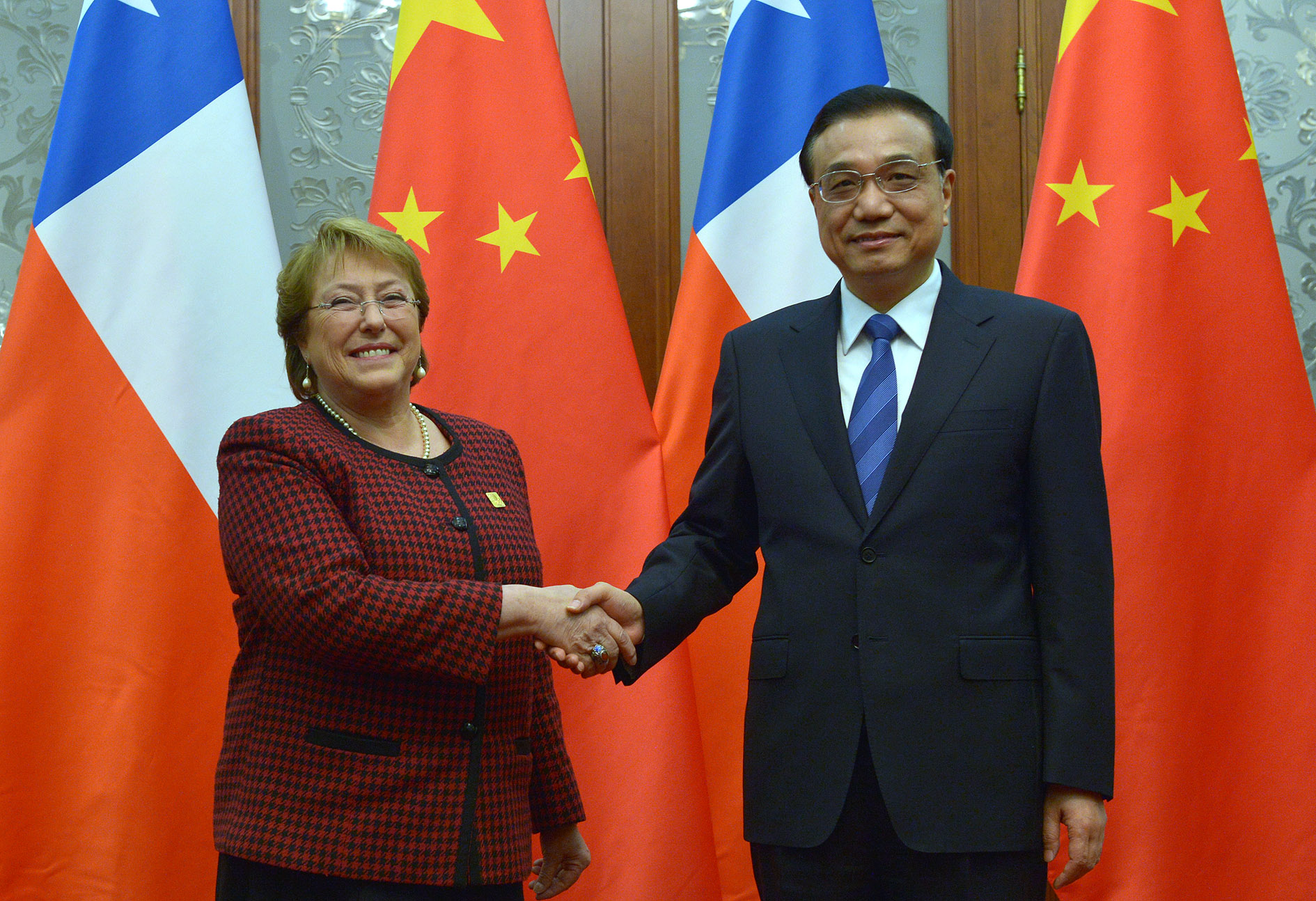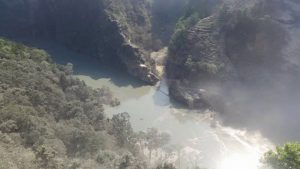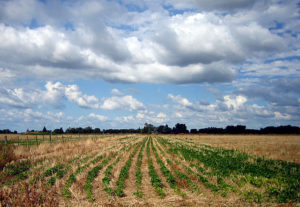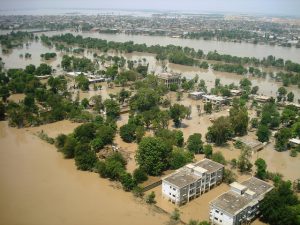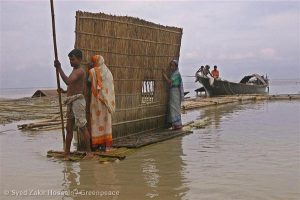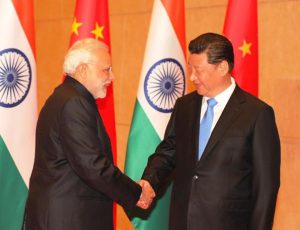Just four months after the first China-CELAC Summit in Beijing and less than a year after the BRICS Summit in Fortaleza, high-level meetings between Chinese and Latin American leaders continue to come in quick succession. This time around the meetings will be led by Premier Li Keqiang (President Xi Jinping’s deputy) who will visit Brazil, Colombia, Peru and Chile from 18-26 May. This would be an ideal moment to highlight the new social and environmental commitments that China is introducing in national policies, and which should also be extended beyond its borders. It is expected that the visit will generate new agreements to advance development projects and China will likely extend more credit.
It has already been announced that renewing the joint action plan between China and Brazil (likely until 2021), the Brazil-Peru transcontinental railway and the new Asian Infrastructure Development Bank (AIIB), of which Brazil has become a member, will feature on Li’s agenda. The visit is also very significant for Colombia and Chile, two countries which have not received the level of Chinese foreign direct investment (FDI) that neighbouring countries have.
Li’s visit could also be an opportunity to talk about socially and environmentally responsible investment, which China, as well as Latin American countries, recognise as a fundamental tenet of a sustainable development framework but which is absent in economic and diplomatic fora. Li is known in China for confronting polluting companies with an ‘iron fist’ and his pronouncements have echoed both in and outside the country. For example, in March last year, in an open session of the People’s National Congress, Li said that China would declare war on pollution, as persistent smog is “nature’s red alert, a warning against a blind and inefficient model of development” – a declaration which resonated around the world but which has so far only yielded mixed results at home.
Li is not the only Chinese leader who promotes policy instruments that evaluate and make social and environmental performance accountable. Not long ago, at the AIIB’s ceremony for the signing of its Memorandum of Understanding, President Xi said that the new institution would study and learn from the rules and experiences of other multilateral banks such as the World Bank. Even more recently, Pan Gongsheng, the Vice Governor of the people’s bank of China suggested that China’s development had come at the cost of pushing its ecosystems to their limits and added that restoring the damage caused would place an enormous economic pressure on future generations.
Currently, the People’s Bank of China, with the support of the United Nations Environment Program (UNEP), are designing a Green Financial System to improve, among other things, public access to information, rating the “Green credentials” of companies and projects and are establishing a system of accounting which factors social and environmental externalities into the cost of a project. Chinese finance in Latin America has surpassed that of the multilateral banks. And this capital is being injected into countries with high concentrations of forests and fresh water reserves like Brazil, Venezuela, Ecuador, Argentina and Peru, to support oil and mineral extraction, industrial agriculture and huge infrastructure works.
It is pressing that plans to establish instruments for social and environmental risk analysis are made concrete within the framework of these new high-level exchanges between China and Latin America, and that they form a suitable basis for deciding whether to approve finance. At the same time, commitment from all actors is important: financiers, contractors and national governments, to ensure that obligatory social and environmental regulations are implemented and that international best practice is met.
Li’s visit in the next few days represents a huge opportunity for China and the countries of Latin America to demonstrate that economic interests go hand-in-hand with genuine and robust commitments to the social and environmental sustainability of the continent.
